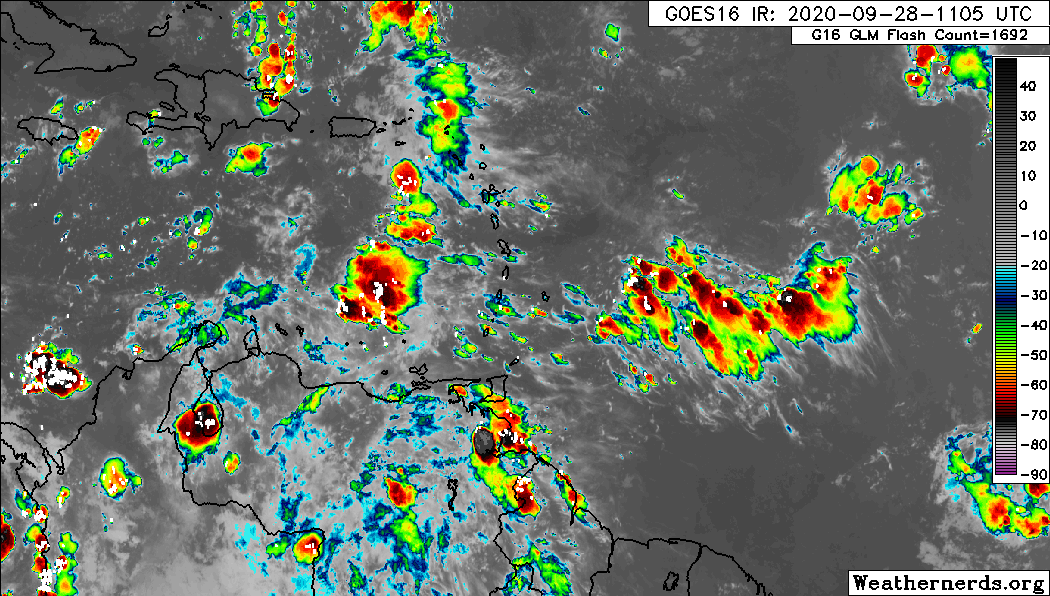Shell Mound wrote:aspen wrote:I’m slightly concerned about the potential for future Gamma to spin up before the models expect it to form. Remember how horrible they did with the genesis of Nana. If it does form quicker than anticipated, like perhaps in 2-3 days instead of 4-5 days, it would have more time over water before hitting Cuba or the Yucatán, whether it takes the GFS-Para track or the GFS/CMC track.
Even if it were somehow able to “spin up” into a major hurricane early on, which I don’t expect, it would still weaken to Cat-1/-2 status in the GoM due to shear. Wilma, like Michael, was able to maintain or even augment its intensity because it was moving parallel to the vectors, whereas in this case the vectors are expected to be perpendicular to the forward motion of the system. A better analog for this system might be Isbell ‘64, which briefly but quickly intensified near western Cuba, then weakened to a disheveled Cat-2 just before landfall in Southwest Florida. It delivered minimal impacts to South Florida; in fact, hurricane-spawned tornadoes produced most of the damage. According to reports, Isbell moved quickly, produced minimal rainfall, generated low tides, and lacked a well-defined southern eyewall, owing to shear and mid-level dry air. In 1964, an upper low was present very close to Isbell, along with a strong surface cold front, and models show a similar setup for this potential system.
I don’t anticipate this doing anything crazy in the Gulf. Either it’ll peak in the Caribbean like Wilma, or survive crossing over Florida and peak off of the CONUS like Irene ‘99 (Wilma also intensified again after its Florida landfall).








